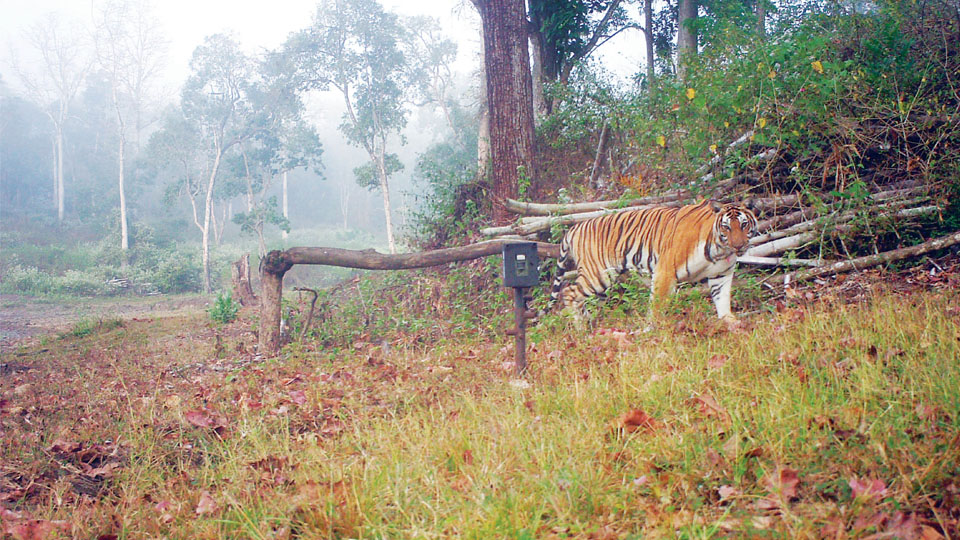Bengaluru: Putting an end to the existing practice of burning or burying the carcasses of wild animals inside reserve forests and protected areas, the Karnataka Forest Department has directed its officers and staff not to burn or bury the carcass of wild animals in forest areas.
The order, issued by Principal Chief Conservator of Forests (Wildlife) Vijaykumar Gogi on Apr. 6 comes into effect immediately. It asks the forest officers to leave the carcasses in the open so that it will be food for scavenger birds like vultures and animals like hyena.
“Carcasses of wild animals, both her bivores and carnivores that have died of natural or unnatural causes — including in places of natural calamity —are being burnt. However, carcasses play a major role by providing food to different species of animals and birds,” the circular said.
The circular is based on the views expressed by senior wildlife scientist and conservation biologist Dr. Sanjay Gubbi.
However, the circular states that this new order does not apply in the case of tigers and their carcasses will be disposed of as per the norms prescribed by the National Tiger Conservation Authority.
Dr. Gubbi had pointed out that the carcasses of wildlife, including elephants, large carnivores and other herbivores, were burnt even if these carcasses were found inside their natural habitats.
He had urged the Forest Department to stop the practice and had stated that carcasses play an important role in the ecosystem as they provide food for several species. Also, the carcasses are rich in nutrients and are an important source of energy for scavengers and predators.
The circular noted that the natural decomposition of carcasses helps build soil fertility and enriches the green cover. “Recent studies have shown that the carcass of an elephant can increase the nitrogen in soil by 1.5 feet from ground and support bacteria and fungus growth for 40 months. The carcasses can also become a rich source of calcium for hyenas and porcupines,” Gogi said.








Recent Comments